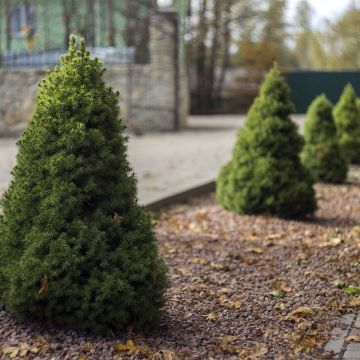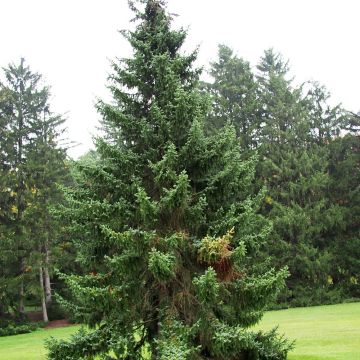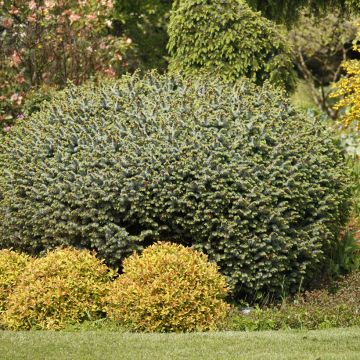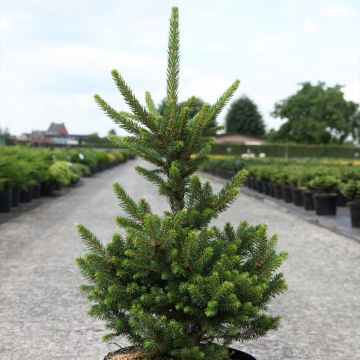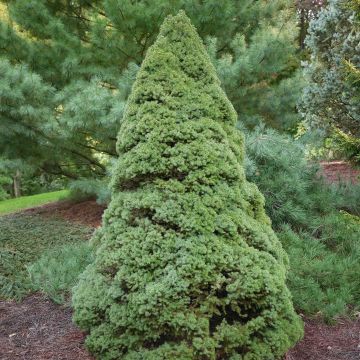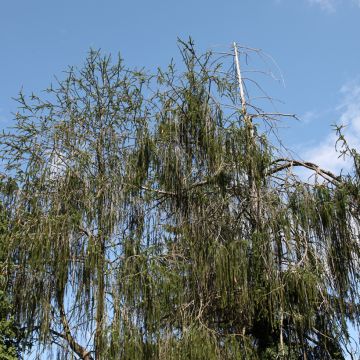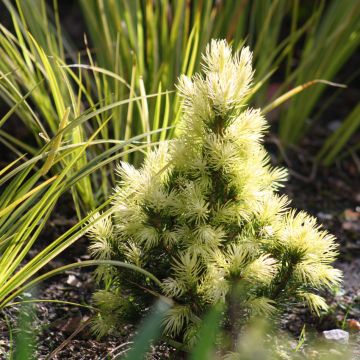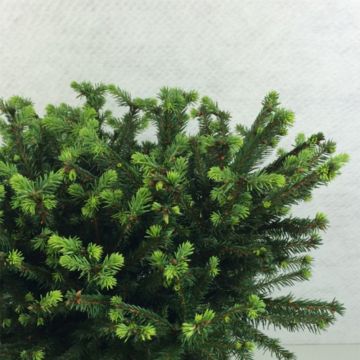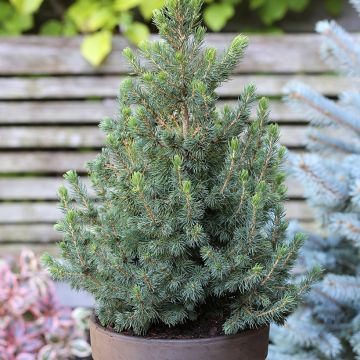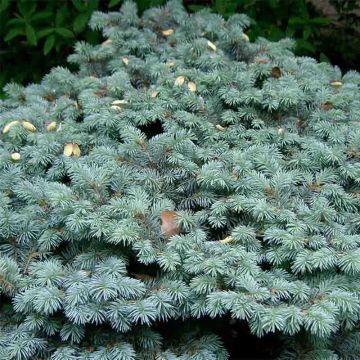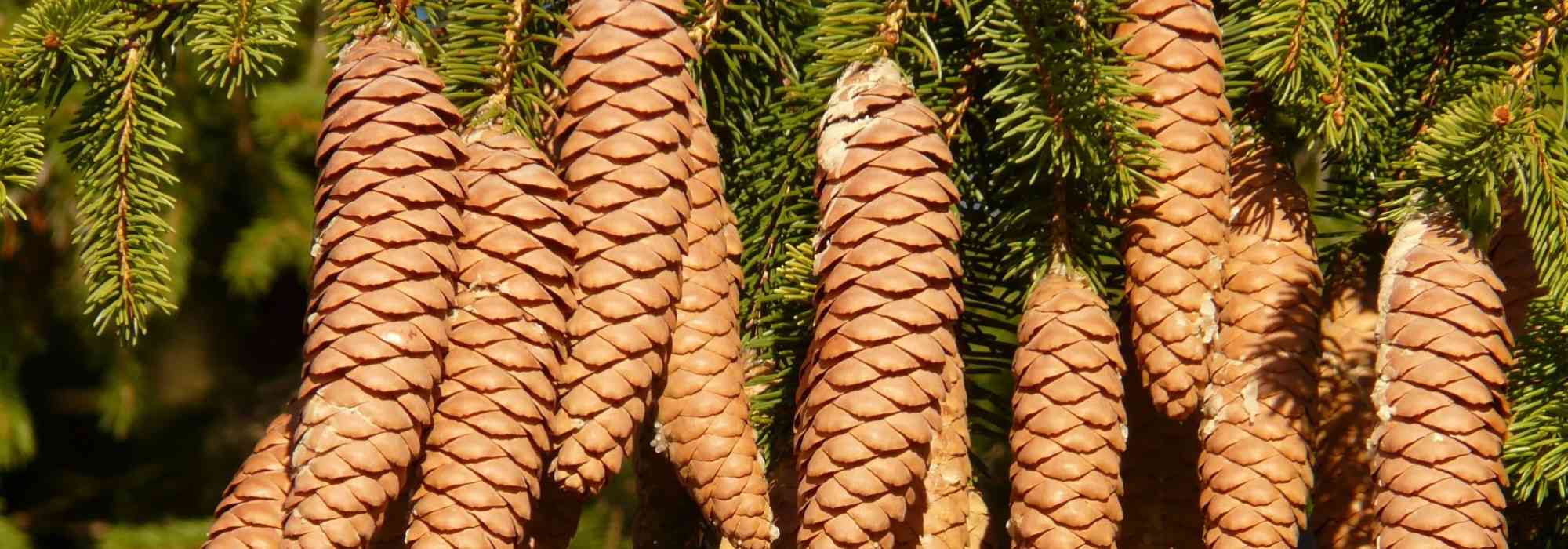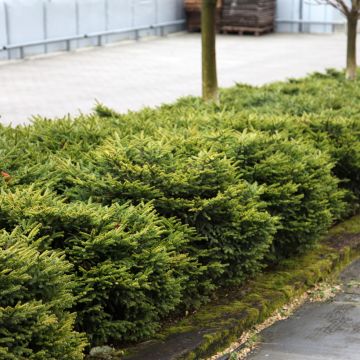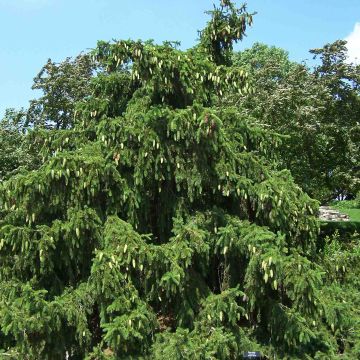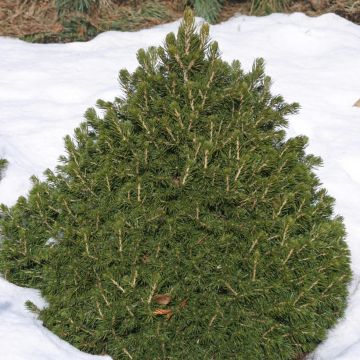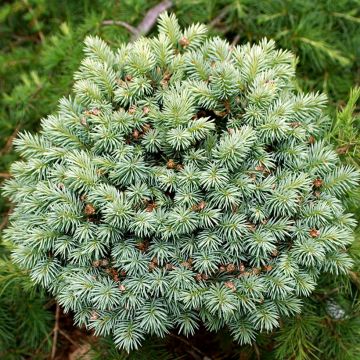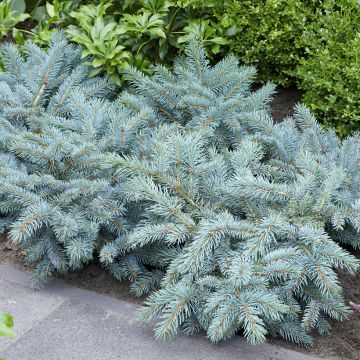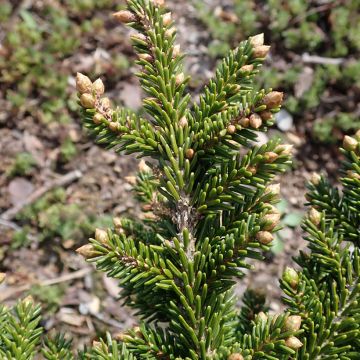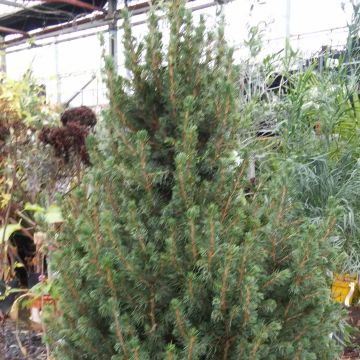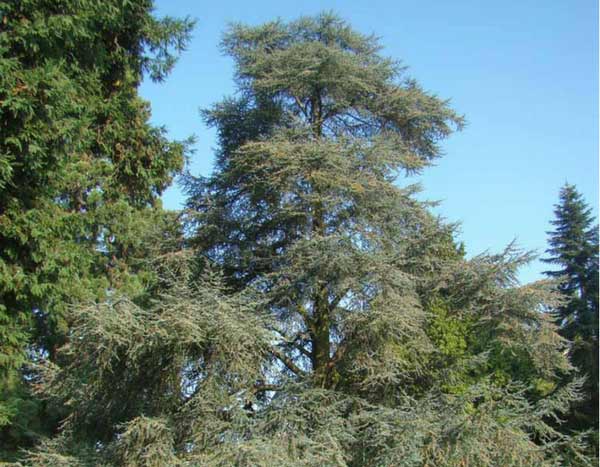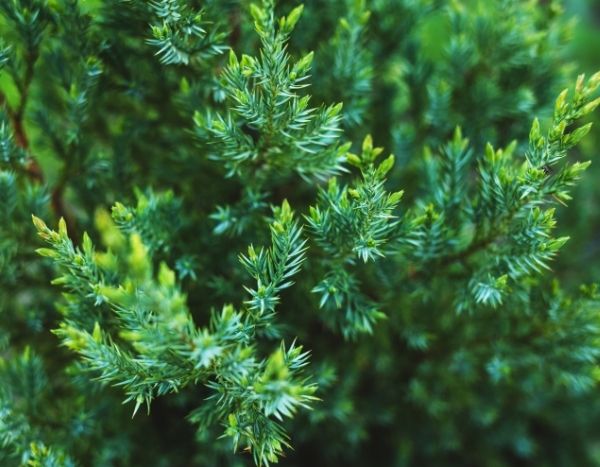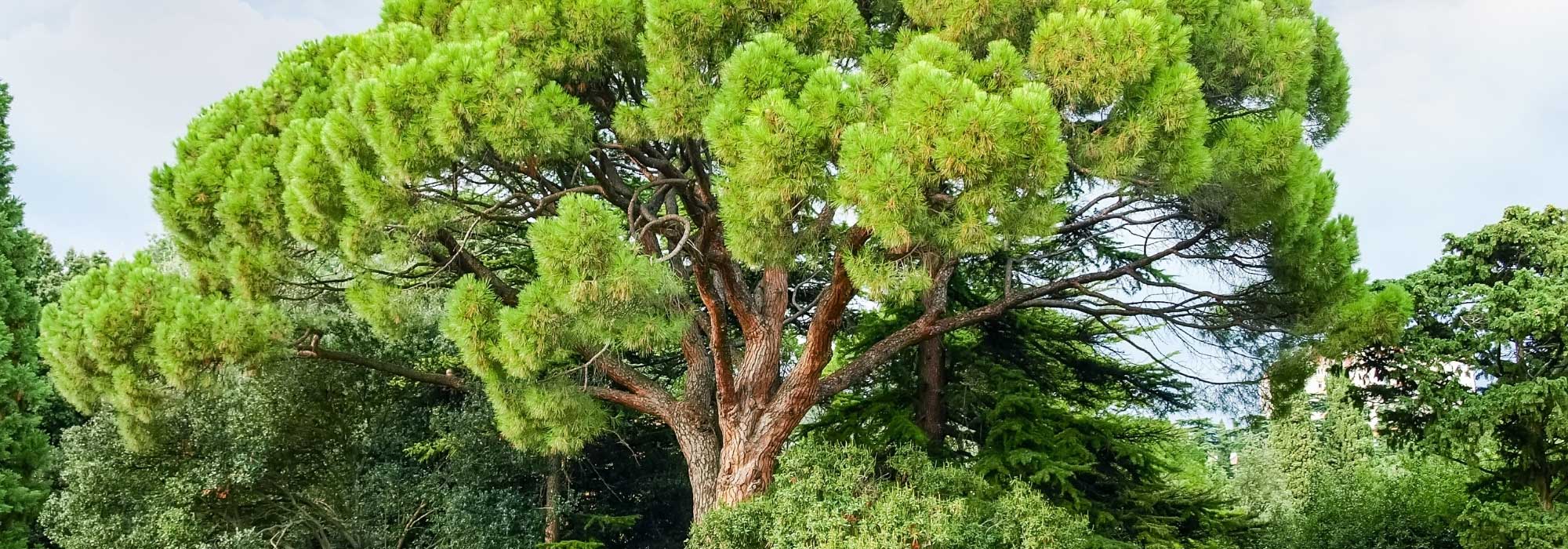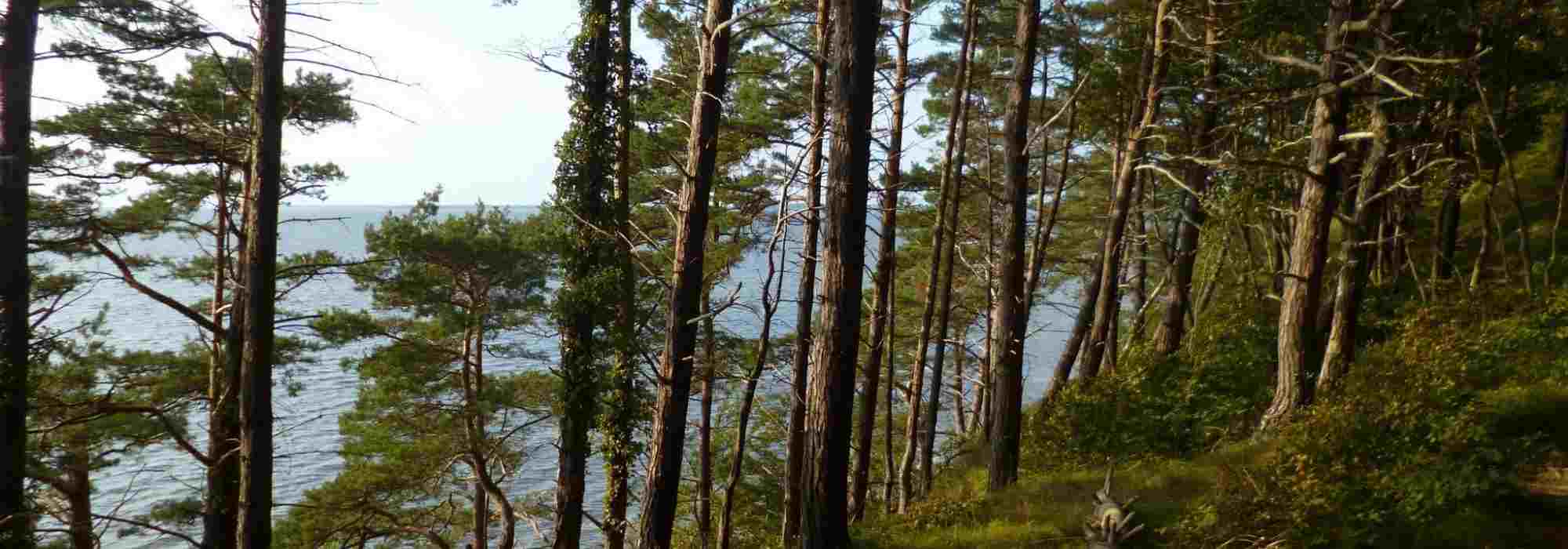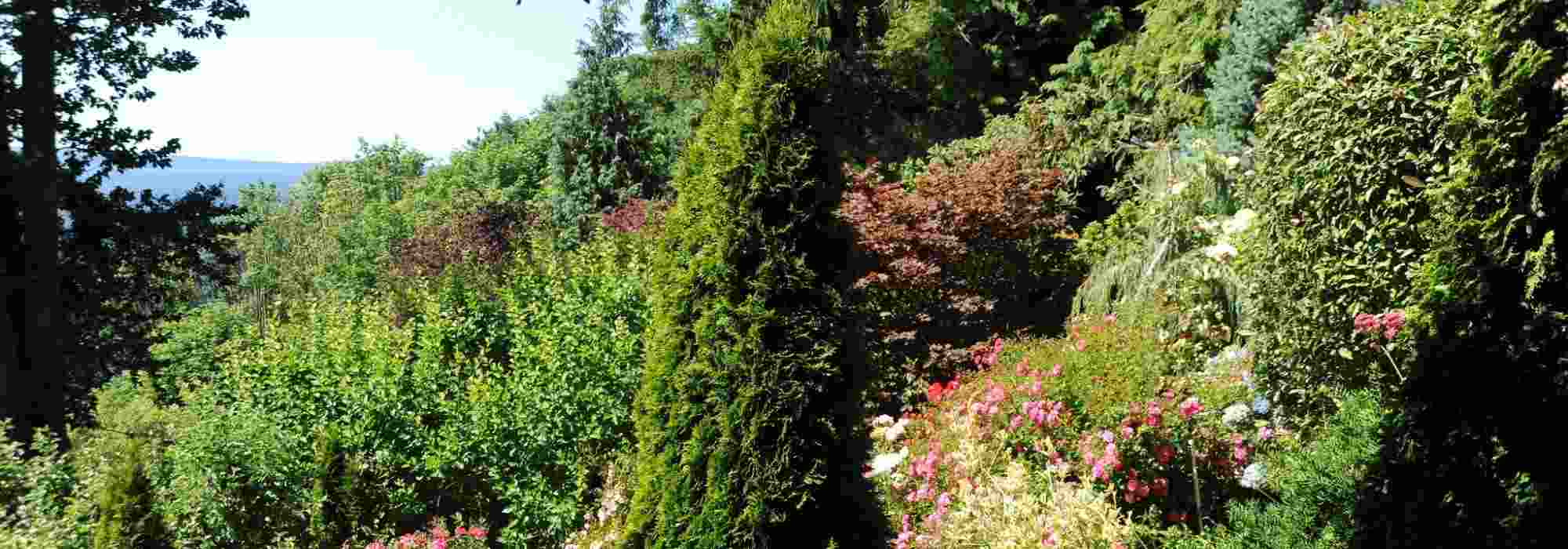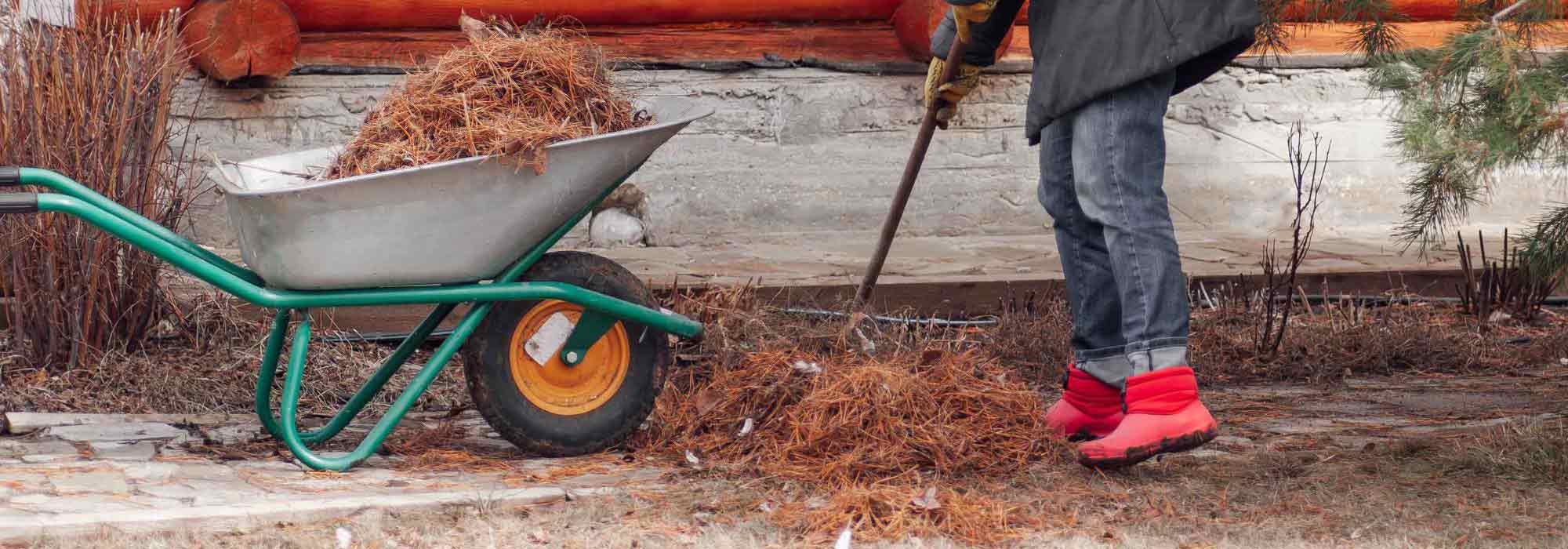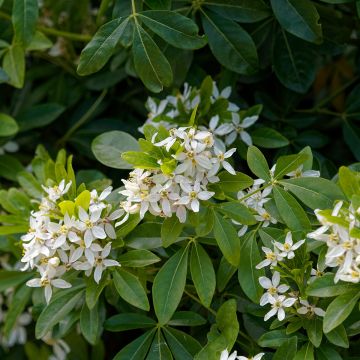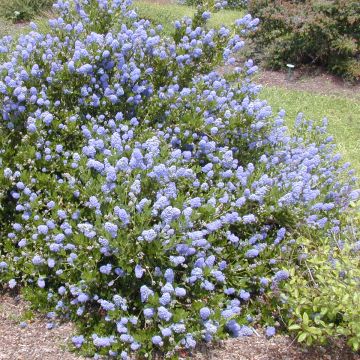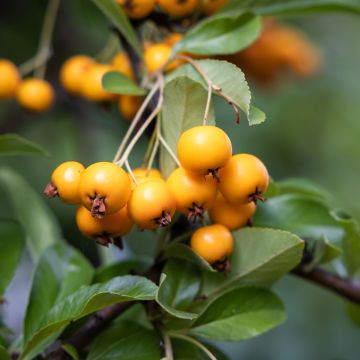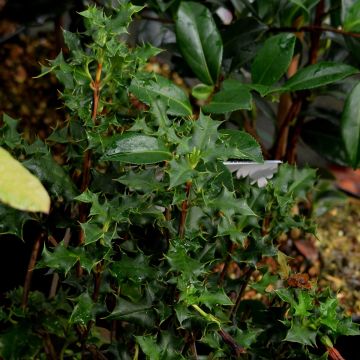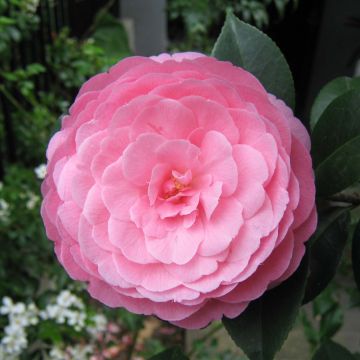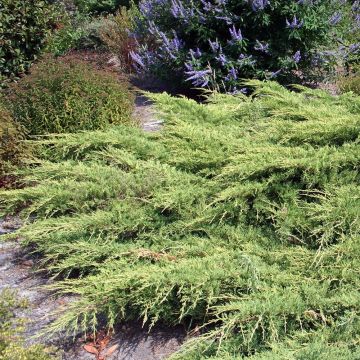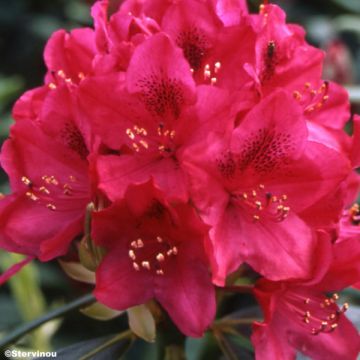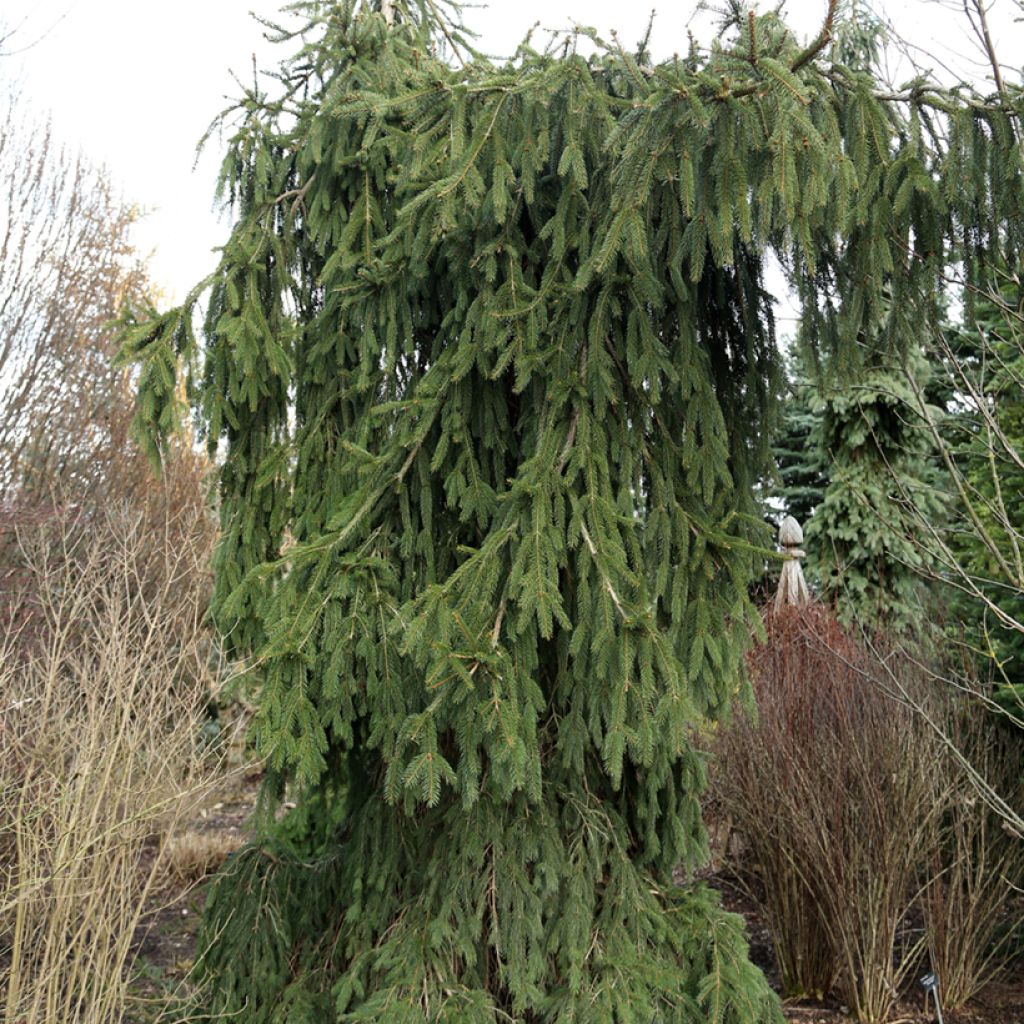

Picea abies Wartburg - Norway spruce
Picea abies Wartburg - Norway spruce
Picea abies Wartburg
Norway Spruce, European Spruce
Special offer!
Receive a €20 voucher for any order over €90 (excluding delivery costs, credit notes, and plastic-free options)!
1- Add your favorite plants to your cart.
2- Once you have reached €90, confirm your order (you can even choose the delivery date!).
3- As soon as your order is shipped, you will receive an email containing your voucher code, valid for 3 months (90 days).
Your voucher is unique and can only be used once, for any order with a minimum value of €20, excluding delivery costs.
Can be combined with other current offers, non-divisible and non-refundable.
Why not try an alternative variety in stock?
View all →This plant carries a 24 months recovery warranty
More information
We guarantee the quality of our plants for a full growing cycle, and will replace at our expense any plant that fails to recover under normal climatic and planting conditions.
Would this plant suit my garden?
Set up your Plantfit profile →
Description
Picea abies 'Wartburg' is a cultivar of Norway spruce distinguished by its unusual habit, which can be more or less prostrate or weeping depending on how it is trained. It features long trailing branches that can either cover the ground or cascade over a support. Like the classic common spruce, it boasts long pine-green foliage, with its base entirely hidden beneath a dense skirt. This conifer grows slowly and remains compact. Use it to adorn a rockery or slope. When staked, it makes a picturesque specimen at the centre of a flower bed.
Norway spruce 'Wartburg', of uncertain origin, likely owes its name to the eponymous castle located in Thuringia (Germany). The species Picea abies, also known as Norway spruce or red fir, is an evergreen conifer belonging to the Pinaceae family, native to northern Europe. In its natural environment, it typically has a conical, pyramidal habit and can reach 30 m in height, or even more in Eastern Europe. This species is traditionally used as a Christmas tree in Europe. It thrives in well-drained, moist soil and can withstand very low temperatures. The 'Wartburg' variety naturally forms a prostrate mound, but its growth can be directed upwards. Deep, dark green, short and tightly packed needles on the shoots enhance its compact and dense appearance. Its trunk supports strongly pendulous upper branches. With a height and spread reaching 1 m to 1.75 m and 1 m to 1.50 m respectively in 10 years, it exhibits rather slow growth, making it suitable even for small spaces. This conifer is very versatile, capable of taking on various forms. When staked, it can reach 3 m in height or more. The root system of spruces is shallow and running, making them difficult to transplant when mature and particularly sensitive to wind.
The 'Wartburg' spruce, with its modest dimensions and charming temperament, offers many uses in small spaces. Its strong personality, enjoyed year-round, makes it ideal as a centrepiece in a flower bed, as a standalone specimen, in a rockery, or on a slope. Its languid silhouette stands out beautifully in the garden. It can also be planted near a water feature, as it performs very well in moist soil. The architectural qualities of dwarf conifers shine in contemporary or Japanese-inspired settings. These evergreen plants provide lasting structure to a flower bed, mark pathways, and edge terraces. To complement them, consider heathers, whose flowering periods span almost the entire year.
Plant habit
Foliage
Botanical data
Picea
abies
Wartburg
Pinaceae
Norway Spruce, European Spruce
Cultivar or hybrid
Other Picea
View all →Planting and care
Plant Picea abies 'Wartburg' from September to November and from February to May in deep, well-drained, light, neutral to acidic soil that retains moisture. Choose a location that is very sunny or partially shaded and sheltered from prevailing winds. Soak the root balls thoroughly before planting. Add organic matter at planting time and water generously for the first few years, as well as during prolonged dry spells. Apply a special conifer fertiliser every year in April and hoe the soil in summer. Although extremely hardy, this conifer dislikes heavy, waterlogged soils in winter.
Planting period
Intended location
Care
Planting & care advice
This item has not been reviewed yet - be the first to leave a review about it.
Similar products
Haven't found what you were looking for?
Hardiness is the lowest winter temperature a plant can endure without suffering serious damage or even dying. However, hardiness is affected by location (a sheltered area, such as a patio), protection (winter cover) and soil type (hardiness is improved by well-drained soil).

Photo Sharing Terms & Conditions
In order to encourage gardeners to interact and share their experiences, Promesse de fleurs offers various media enabling content to be uploaded onto its Site - in particular via the ‘Photo sharing’ module.
The User agrees to refrain from:
- Posting any content that is illegal, prejudicial, insulting, racist, inciteful to hatred, revisionist, contrary to public decency, that infringes on privacy or on the privacy rights of third parties, in particular the publicity rights of persons and goods, intellectual property rights, or the right to privacy.
- Submitting content on behalf of a third party;
- Impersonate the identity of a third party and/or publish any personal information about a third party;
In general, the User undertakes to refrain from any unethical behaviour.
All Content (in particular text, comments, files, images, photos, videos, creative works, etc.), which may be subject to property or intellectual property rights, image or other private rights, shall remain the property of the User, subject to the limited rights granted by the terms of the licence granted by Promesse de fleurs as stated below. Users are at liberty to publish or not to publish such Content on the Site, notably via the ‘Photo Sharing’ facility, and accept that this Content shall be made public and freely accessible, notably on the Internet.
Users further acknowledge, undertake to have ,and guarantee that they hold all necessary rights and permissions to publish such material on the Site, in particular with regard to the legislation in force pertaining to any privacy, property, intellectual property, image, or contractual rights, or rights of any other nature. By publishing such Content on the Site, Users acknowledge accepting full liability as publishers of the Content within the meaning of the law, and grant Promesse de fleurs, free of charge, an inclusive, worldwide licence for the said Content for the entire duration of its publication, including all reproduction, representation, up/downloading, displaying, performing, transmission, and storage rights.
Users also grant permission for their name to be linked to the Content and accept that this link may not always be made available.
By engaging in posting material, Users consent to their Content becoming automatically accessible on the Internet, in particular on other sites and/or blogs and/or web pages of the Promesse de fleurs site, including in particular social pages and the Promesse de fleurs catalogue.
Users may secure the removal of entrusted content free of charge by issuing a simple request via our contact form.
The flowering period indicated on our website applies to countries and regions located in USDA zone 8 (France, the United Kingdom, Ireland, the Netherlands, etc.)
It will vary according to where you live:
- In zones 9 to 10 (Italy, Spain, Greece, etc.), flowering will occur about 2 to 4 weeks earlier.
- In zones 6 to 7 (Germany, Poland, Slovenia, and lower mountainous regions), flowering will be delayed by 2 to 3 weeks.
- In zone 5 (Central Europe, Scandinavia), blooming will be delayed by 3 to 5 weeks.
In temperate climates, pruning of spring-flowering shrubs (forsythia, spireas, etc.) should be done just after flowering.
Pruning of summer-flowering shrubs (Indian Lilac, Perovskia, etc.) can be done in winter or spring.
In cold regions as well as with frost-sensitive plants, avoid pruning too early when severe frosts may still occur.
The planting period indicated on our website applies to countries and regions located in USDA zone 8 (France, United Kingdom, Ireland, Netherlands).
It will vary according to where you live:
- In Mediterranean zones (Marseille, Madrid, Milan, etc.), autumn and winter are the best planting periods.
- In continental zones (Strasbourg, Munich, Vienna, etc.), delay planting by 2 to 3 weeks in spring and bring it forward by 2 to 4 weeks in autumn.
- In mountainous regions (the Alps, Pyrenees, Carpathians, etc.), it is best to plant in late spring (May-June) or late summer (August-September).
The harvesting period indicated on our website applies to countries and regions in USDA zone 8 (France, England, Ireland, the Netherlands).
In colder areas (Scandinavia, Poland, Austria...) fruit and vegetable harvests are likely to be delayed by 3-4 weeks.
In warmer areas (Italy, Spain, Greece, etc.), harvesting will probably take place earlier, depending on weather conditions.
The sowing periods indicated on our website apply to countries and regions within USDA Zone 8 (France, UK, Ireland, Netherlands).
In colder areas (Scandinavia, Poland, Austria...), delay any outdoor sowing by 3-4 weeks, or sow under glass.
In warmer climes (Italy, Spain, Greece, etc.), bring outdoor sowing forward by a few weeks.






























